Decarbonisation Strategy
We are taking action on climate change to decarbonise the company and the homes they provide and drive sustainable futures for communities across North Wales.
As a leading provider of quality homes and services, we want to make a positive difference to people and their communities.
We are among the first housing associations in Wales to show its commitment to the Welsh Government’s drive to decarbonise homes by 2030.
Read our decarbonisation Strategy
Read our Optimised Retrofit Project
What are we trying to achieve?
We want to minimise our impact on the environment by reducing carbon emissions and putting sustainability at the forefront of all we do.
To do this have developed a decarbonisation strategy by measuring our own carbon footprint to map out the changes and actions that are needed.
What is decarbonisation?
Simply put, decarbonisation is reducing, as much as possible, how much carbon dioxide we are putting into the atmosphere, which is known to damage the environment.
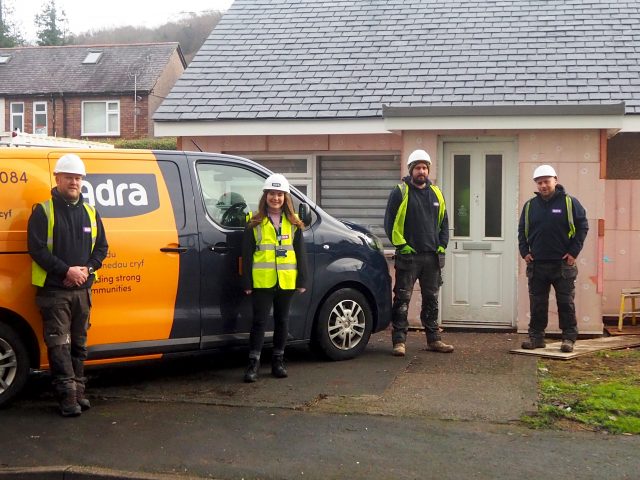
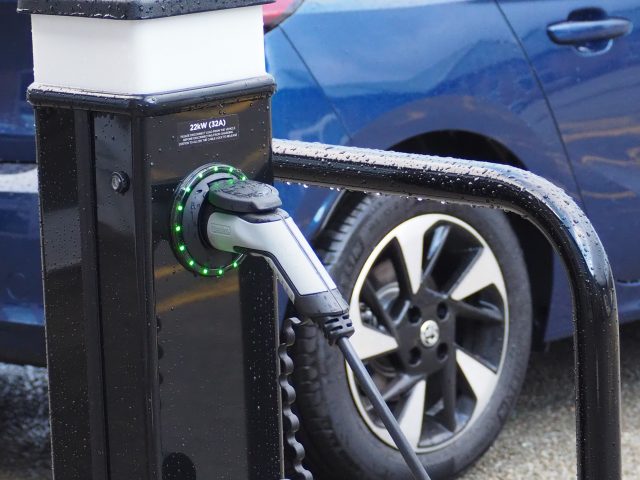
Why are we doing this?
With the ongoing climate emergency and the increasingly urgent need to reduce Greenhouse gas (GHG) emissions, we must all play our part in reducing how much carbon we put into the environment. The main reasons for taking this work forward are:
The law
There are legal reasons for decarbonisation. The Climate Change Act commits the UK government to reducing emissions by at least 100% in 2050 (net zero) compared to 1990 levels.
Cost Saving
Lowering energy consumption to reduce emissions also reduces the amount spent on energy bills, which is a key benefit for our customers and fuel poverty in general.
Regulation
Building regulations have requirements on conservation of both fuel and power. There are performance standards for new buildings and major refurbishments of existing buildings, which we must meet.
National Targets
Welsh Government has declared a climate emergency and has the ambition to decarbonise the public sector by 2030.
Our Values and our Reputation
We are proud of our reputation as a company that wants to work hard for its customers while not costing the earth. This means we have to play our part.
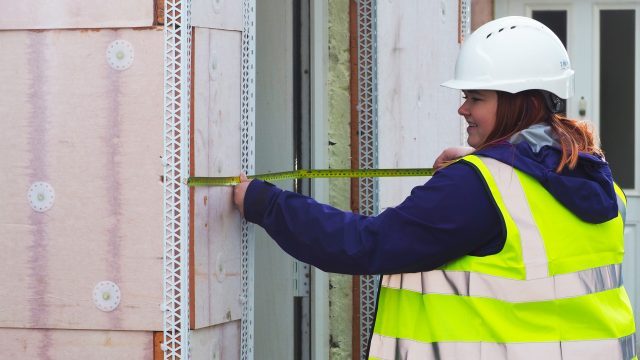
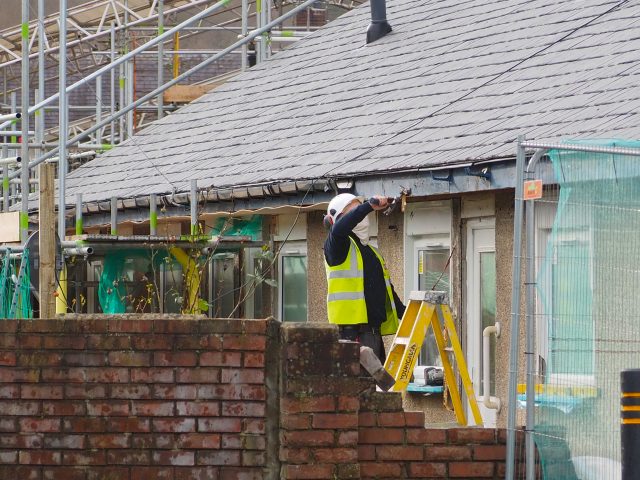
Where do we start?
We’ve always been working hard to be as green as possible but we realise things have to happen faster now.
The first step in this process was to measure where we are now. We worked with the Carbon Trust to support us in the first stages of the journey and finalise our ambition to become carbon net zero by 2030.
The Carbon Trust helped us understand our carbon footprint. This told us where we are having the most impact on the environment.
It’s not surprising that the biggest factor is burning fossil fuels (such as gas and diesel). We learned that 4% of our impact comes from running our own offices and activities and 96% comes from the homes we manage and support.
How can we do this?
Our Decarbonisation Strategy 2020 – 2030 has been put together to identify the scale and speed of measures to reduce our overall environmental impact.
This strategy sets out ambitious, but achievable targets to 2030 and beyond. It shows what decarbonisation opportunities and interventions are suitable, how they could be done and what their impact would be over time.
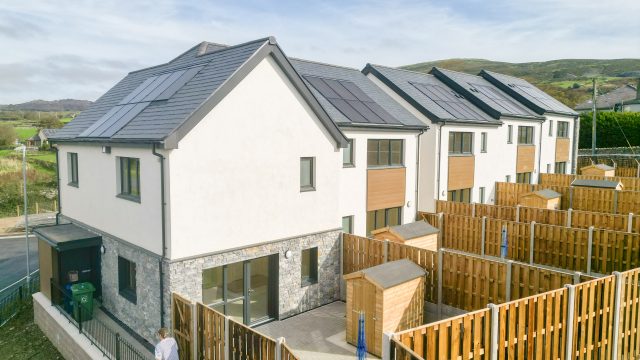
We will work in partnership
This is a big, bold plan and we know it won’t be easy to achieve.
But more than anything we know we can’t do it alone. It will only succeed if we work together with our customers our communities and with all our contractors and partner organisations.
People will need support to make the changes needed.
People will need to change the way they behave at times and they will need to change the way they live and the way they get what they need to live safe and comfortable lives.
What can we do?
Happening now…
In the short term, we have already started to make changes.
The easiest way to reduce emission is to reduce the amount of energy we use in the first place.
This is already happening with more efficient equipment and better insulation in our homes and offices with more information available to our customers and staff on how to cut down on their use of energy.
We are using and purchasing renewable energy where possible and we are building new homes to the highest environmental standards.
We are changing our vehicles to use electric power where we can, but this will also depend on other partners, for example, to make sure there are enough charging points locally.
We are moving away from gas and diesel as a main source of fuel and using electric as a more sustainable way of powering our homes, offices and vehicles.
The best chance to change the way we do things at the moment is when we are refurbishing our homes for the future. So for example, we might improve insulation in some homes or in others we install LED lights.
Education is also very important, and we will make sure that everyone who is a customer or works with us is aware of how they can contribute to achieving our zero target by 2030.
In the future?
We know that we need to make big changes to reach our targets so things will have to happen at a fast pace for us to succeed.
It will not just be about how we heat and power homes or what kind of equipment we install.
We are also considering how we can generate our own energy in homes or land that we own. We could do this in partnership where we need the expertise to make it happen.
We know that to succeed we must be brave and take on these challenges.
We won’t achieve it on our own but we are well placed to take a leading role in helping our communities get there
Risks and Challenges
The main risks challenges to achieving our target are:
Finance – without external additional funding, we will not be able to adapt our homes to be as efficient as possible as some of the technology will be expensive to install in the beginning.
Technical Expertise – There is a risk that the expertise to install and service these new technologies either currently do not exist or will be in high demand.
Reputation / Customer Satisfaction – There is a high risk that customers will be inconvenienced due to the level of work needed in their homes
